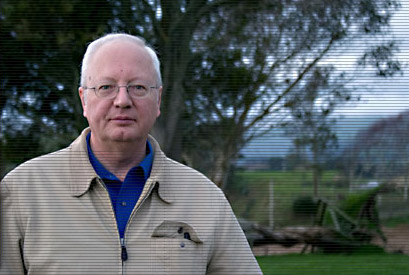Photo Essays
I used to say that journalism is a great way to travel on someone else’s money, but the fact is little of my travel these days involves journalistic work. I am much more deeply involved in urban planning, typically involving research or training projects related to natural hazards or environmental planning. But I have had the blessing of closely observing life and planning in a few other parts of the world as well as in the vast majority of the U.S. There are but five states left that I have not visited. The photo essays linked to this page are an attempt to share some of what I believe I have learned, along with my own photos, or those shared by the best colleagues, to give both a visual and verbal impression of places that have made an impression on me.
I think there is another valuable reason to do this. I believe that travel done well broadens one’s perspective on life and the human race and the variety of human cultures and languages and beliefs and customs. Americans are especially resistant for some reason to learning foreign languages, a tendency the late U.S. Senator Paul Simon discussed in his book, The Tongue-Tied American. Despite this reluctance, probably born of relative geographic isolation, our nation’s diversity in this respect has always been enlarged by the presence of immigrants and resident foreigners who bring their languages, cuisines, and customs to us, affording us greater opportunities to learn than those existing in many other nations. We should learn to take advantage of this blessing rather than bemoan it. There are, of course, legitimate issues about how to handle immigration properly, issues that must be addressed in future reform legislation, but we also must not let those issues blind or limit our vision of ourselves or others. It is important that the “other” we construct in our minds consist of fellow human beings and not targets of wrath. There is a big world out there that has often learned from us, and we should be just as willing to learn in return.
One example of such learning has been the Dutch Dialogues in which we have been involved at APA, along with civic leaders in New Orleans, an opportunity for Americans to learn from the Dutch about water management in vulnerable urban locations, but as our Dutch colleagues readily admit, a chance as well for them to learn from the situation the U.S. faced in New Orleans, including vital lessons from American emergency management systems. Learning at its best is always an exchange, a two-way street.
With that in mind, I will develop over time a series of photo essays, adding to them as new experiences and opportunities afford new insights and visions to share. Some may be lengthy, some relatively short. In the near future, at least, I shall begin with the following:
